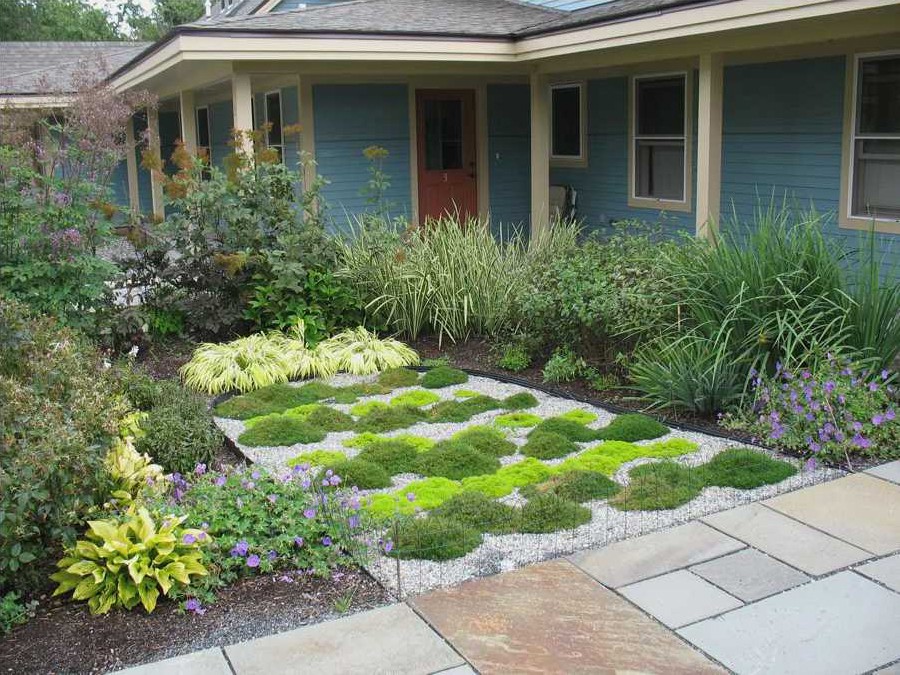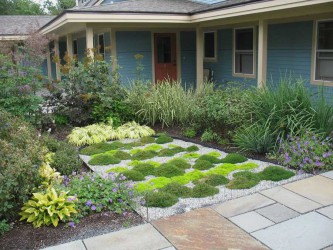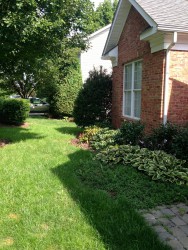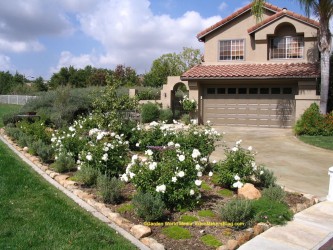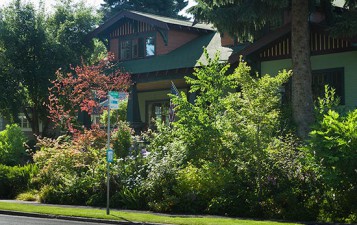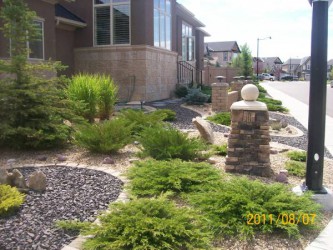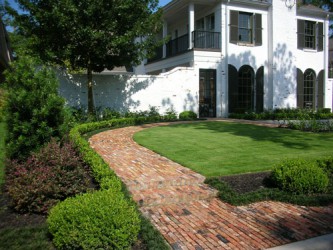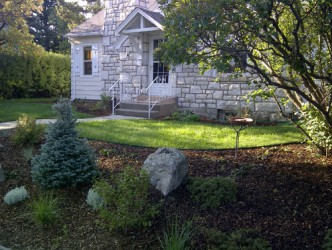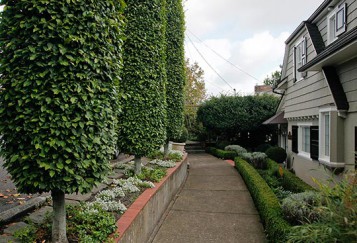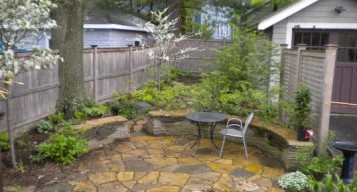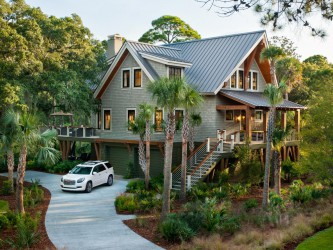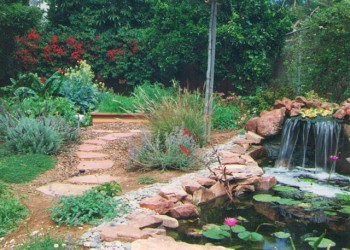Advantages And Disadvantages Of Biodegradable Landscape Fabric
Mowing and weeding are never ending task and problems, in dealing with garden maintenance. Biodegradable landscape fabric is typically a black plastic film used to manage weeds. This is one of solutions to control weed and grass and it is the choice for many medium- to large-scale organic and conventional vegetable farms. The opaque film reduces germination of light-responsive weed seeds; shades out and physically blocks the emergence of most weeds; and can enhance crop growth by conserving soil moisture, promoting soil warming, and speeding nutrient mineralization from soil organic matter. The crop growth benefits contribute to weed management by enhancing the crop’s ability to tolerate and compete with weeds. In other hand, it also has several drawbacks that may harm the soil in return.
For basic knowledge and better understanding about this plastic mulch or biodegradable landscape fabric, you must know the advantages and disadvantages.
Advantages:
- Can be mechanically applied to multi-acre fields with widely available equipment.
- Eliminates the light stimulus for weed seed germination over most of the planting bed.
- Blocks emergence of most weeds.
- Conserves soil moisture present at the time of installation or provided by drip lines under the mulch.
- Minimizes nutrient leaching by shedding excessive rainfall.
- Raises soil temperatures by a few degrees, thereby promoting early-season crop growth and maturation.
- Helps keep the edible portion of vegetable crops clean, especially pumpkin and other fruiting vegetables.
Disadvantages:
- Is manufactured from petroleum, a non-renewable resource.
- Does not provide organic matter to feed the soil.
- Does not provide as good a habitat for ground beetles, earthworms, and other beneficial as organic mulches.
- Does not breathe, excludes rainfall, and requires drip irrigation to ensure adequate moisture.
- May require manual removal of weeds emerging through planting holes.
- Can be penetrated by nutsedges and a few other weeds with sharp, tough growing points.
- Requires cultivation or other measures to control weeds in alleys.
- Can channel runoff and worsen between-bed erosion during heavy rains on sloping fields.
- Must be picked up and disposed of at the end of the season.
- Generates large volumes of plastic waste (200–300 lb./ac).
As mentioned above that the plastic mulch or biodegradable landscape fabric does not provide organic matter to feed soil, most of the dead leaves and other organic materials cannot reach the soil. Thus, it will drive soil degradation since the mulch on top of fabric cannot biodegradable to the soil. The most common reason why gardeners use this fabric in medium-to-large scale organic and conventional garden is economical purpose. They can save the cost of labour for weeding control and move or add plants easily by making holes on the top of fabric. It means making holes at the end will destroy the versatility of this fabric.
- Gorgeous How to landscape backyard pool on budget
- The Beautiful Of Kitchen Chair Cushions with Ties
- Modern curtain design ideas for bedroom
- how to use bead board wainscoting in bathroom
- How to coordinate the colour of butcher-block countertop with oak cabinets
- Advantages and disadvantages of biodegradable landscape fabric
- Ideas to organize broom closet
